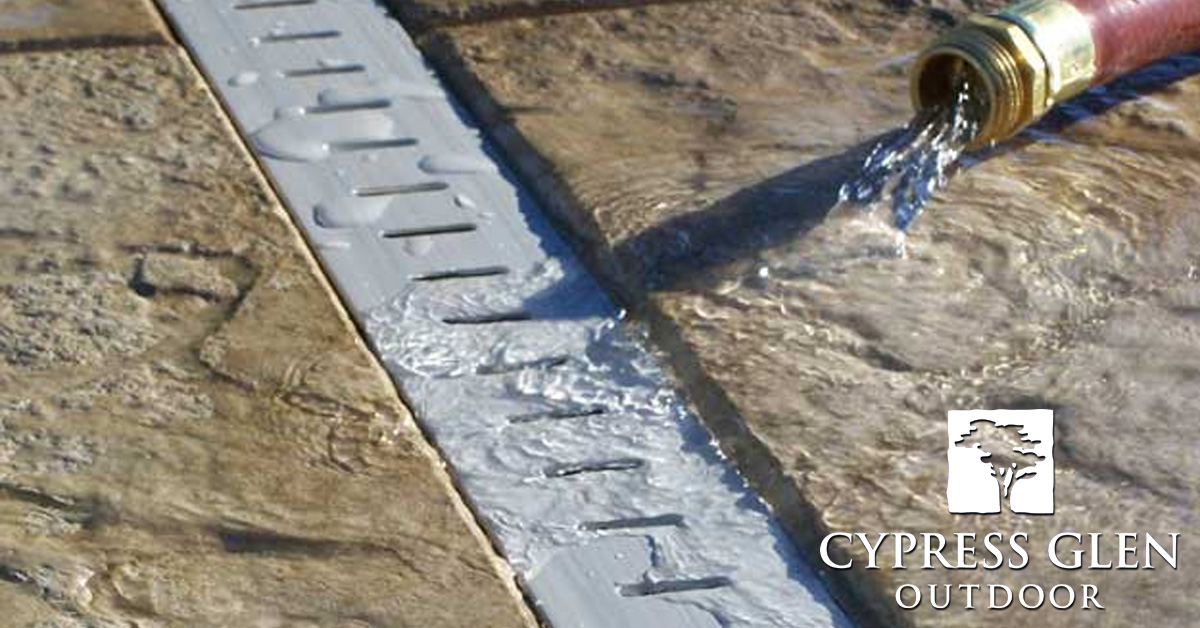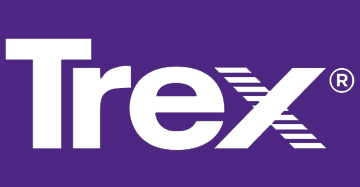
A properly draining yard is crucial to keep your soft, luscious lawn from becoming a mushy mess. These primary kinds of landscape drainage systems can help if your yard needs to be draining correctly. French drains, channel drains, dry wells, or gutter drains can resolve the most common drainage problems. Each landscape and patio drainage system helps explicitly with a different type of drainage issue. To decide which system you need, let’s look at some of the signs of poor drainage!
Does My Yard Need A Drain
Soil erosion, loose topsoil, a water-stained foundation, standing water underneath gutter spouts, or flooding walkways and driveways are telltale signs that your yard desperately needs better drainage. Additionally, missing downspouts, severe yard slopes, or cracked pipes can prevent your lawn from draining properly. If you experience any of these issues, especially during heavy rains, it’s time to think about drainage solutions!
French Drains
A French drain consists of perforated piping between filter fabric below and topped with gravel to camouflage it. This type of landscape drainage specifically eliminates water pooling in low-lying areas. Operating like a gutter, French drains redirect water accumulating on the ground.
The more obvious parts of a French drain are hidden nicely below gravel, which makes them more out in the open than other drainage systems. French drains are often used in front yards or gardens to divert water accumulating in flower beds.
Channel Drains
Channel drains prevent water from accumulating on nonabsorbant surfaces like pool decks, patios, and garages. They are installed into pavement or similar surfaces to collect water before it begins pooling. After collecting water, channel drains redirect the water flow into the appropriate drainage system. Channel drains are often just one part of a system that connects the complete drainage system.
Dry Wells
A dry well accumulates water runoff and slowly reintroduces it into the soil. The dry well’s underground reservoir’s porous sides let water held a few feet below the yard surface slowly reenter the yard instead of all at once, like in a heavy storm. This system is best suited for areas where water, like driveways or downspouts, can otherwise be hard to redirect.
Gutter Drains
Gutter downspouts or sump pump lines sometimes need redirecting to areas with better drainage than where they are. This system of gutter drains uses a tube or piping to move the water. The drainpipe has several water options, including a catch basin, a pop-up emitter, or a dry well. A dry well may be the only catch option if an area does not allow rainwater runoff to come from you hard to the street.
Installing French Drains Or Other Systems
While other drainage systems are available for your yard, these are the most common and practical solutions. If left untreated, poor patio and yard drainage can lead to erosion, muddy yards, loose topsoil, basement flooding, mildew, and water staining on your home’s exterior.
Installing a landscape drain in addition to an irrigation system can prevent water collection in your lawn and save you money down the line. Contact us today if you have any questions or want help deciding on the best landscape drainage systems. Let Cypress Glen Outdoor build the backyard you’ve been dreaming of!

Our Latest Reviews
High Quality Pavers and Decking








